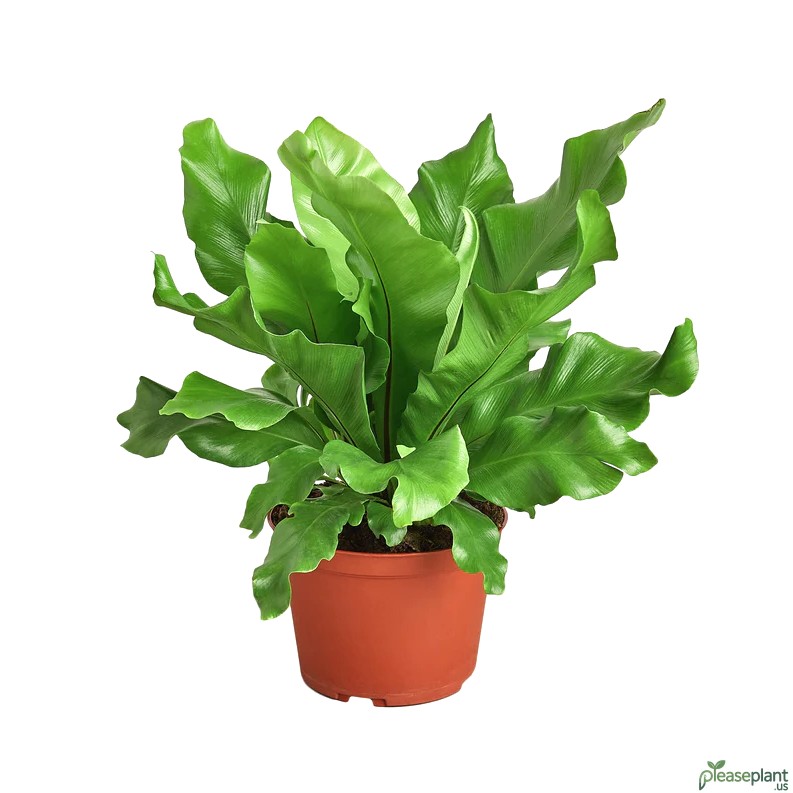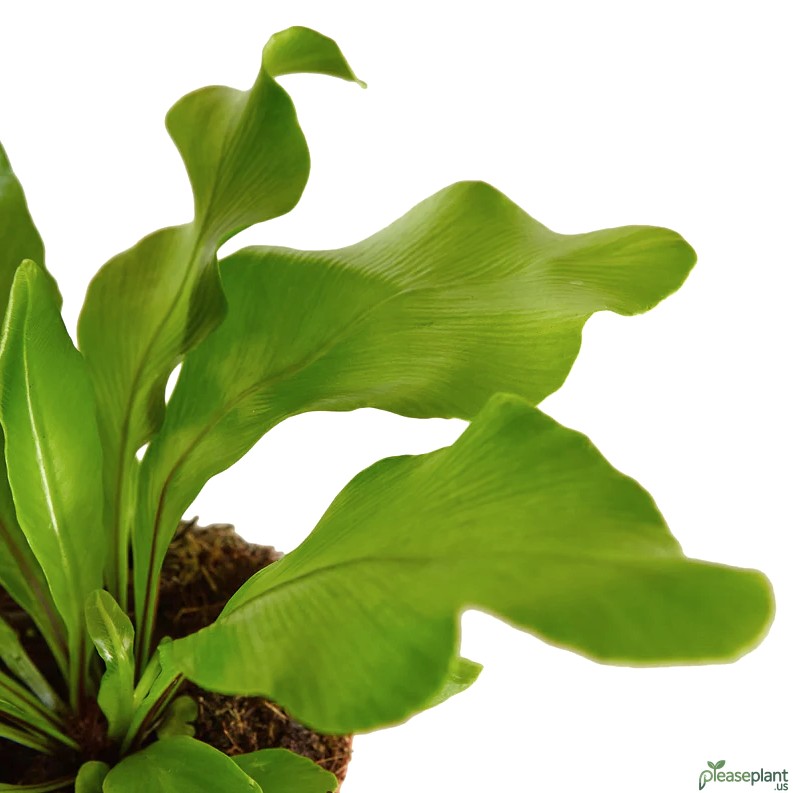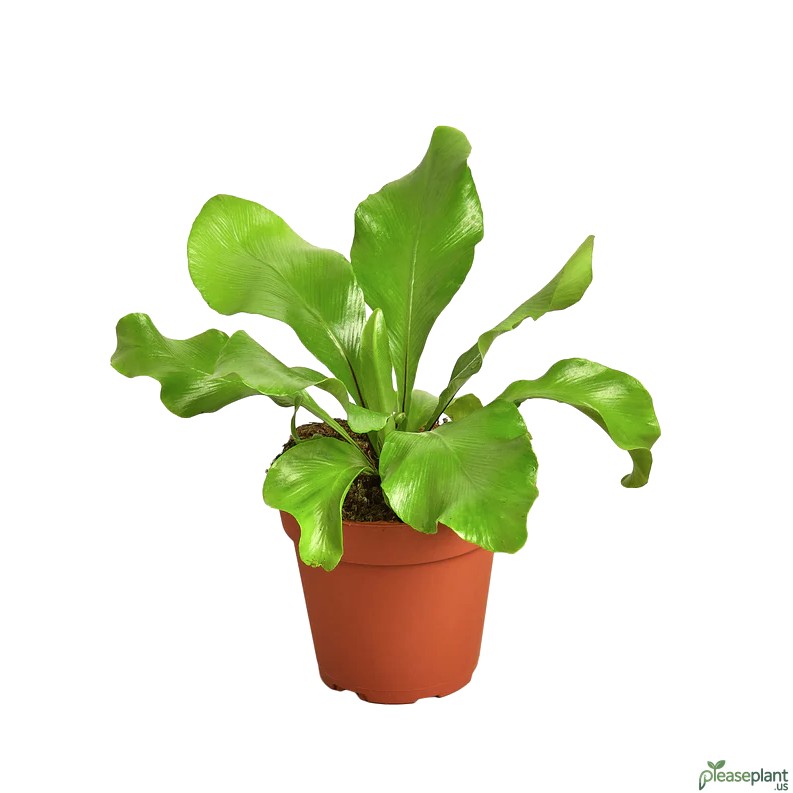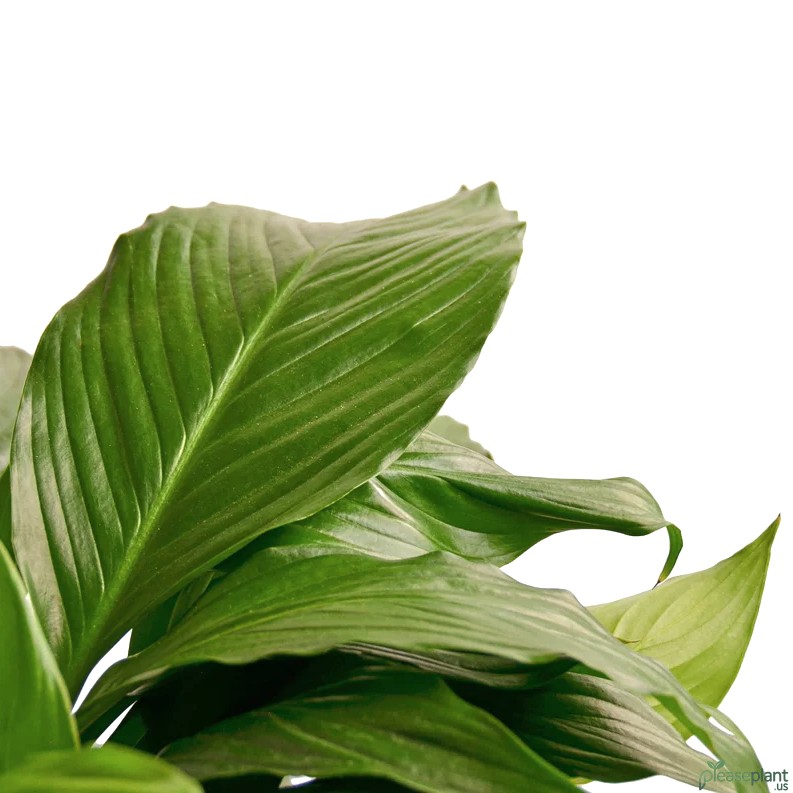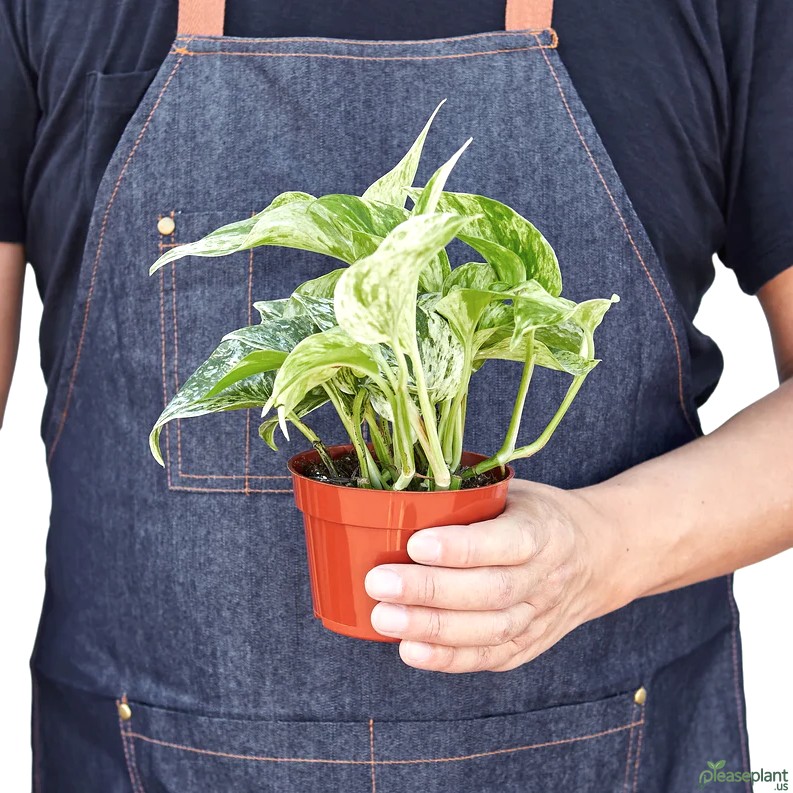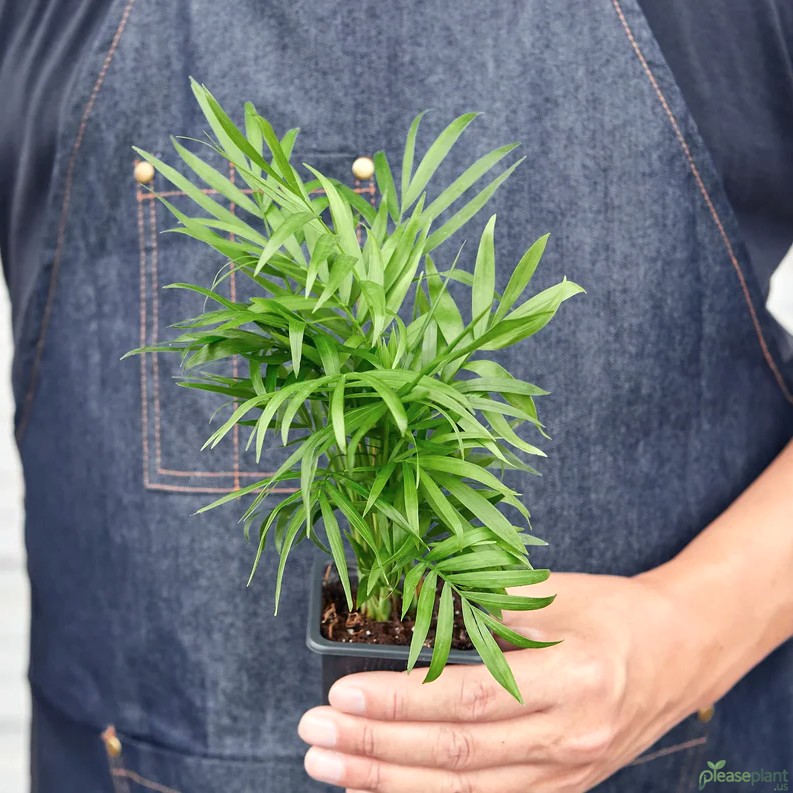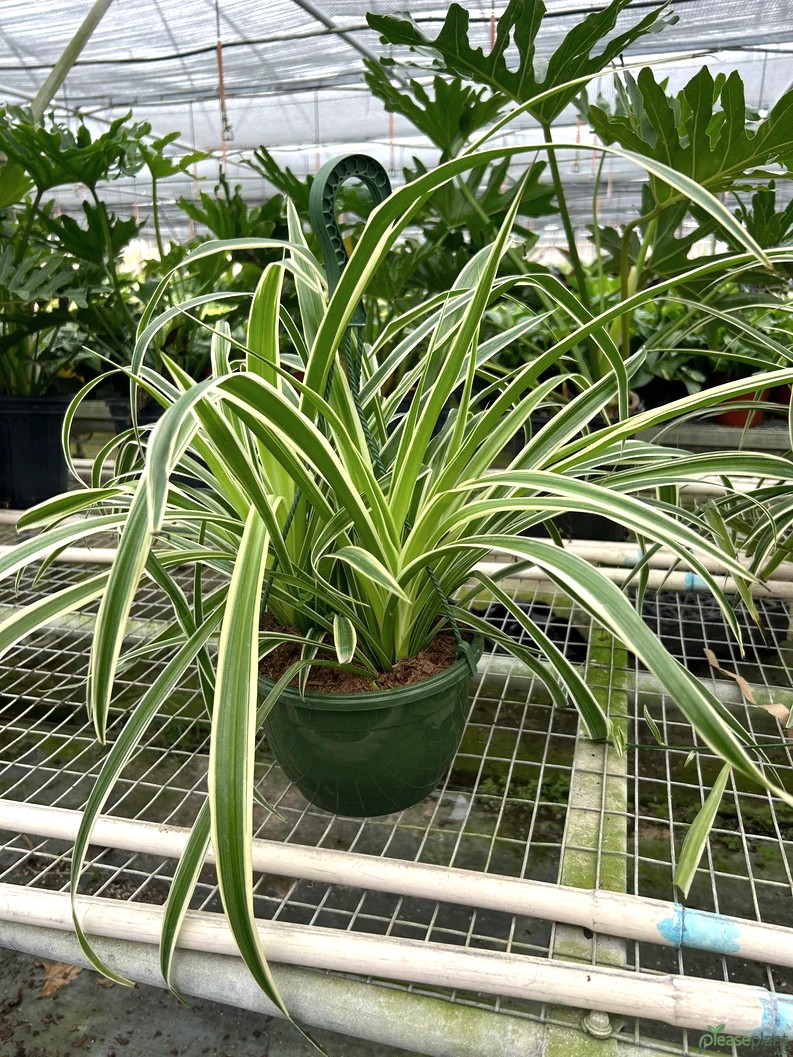The Bird's Nest Fern, also known as the Nidus Fern Plant, is a popular houseplant for its lush, tropical look. But if you share your home with curious cats and dogs, you might be wondering: is it toxic? In my years of gardening and pet care, I've seen many owners struggle with this question. Let's dive into the facts about its safety, common myths, and what you should watch out for if you decide to bring one home.
Nestled Among Houseplants: The Tale of the Bird's Nest Fern
When I first added a Bird's Nest Fern to my indoor jungle, it was all about that fresh, vibrant green and the elegant rosette shape the fronds make. People often ask me, "Is this plant safe for my pets?" Let me tell you, the Nidus Fern Plant is not just a pretty face; it’s generally considered non-toxic to both cats and dogs. That's a relief, especially if your furry pals have a habit of nibbling on leaves or knocking pots over.
What Makes the Bird's Nest Fern Special?
This fern’s charm lies in its low-maintenance nature and its ability to thrive in indirect light, making it a favorite for indoor gardeners. But beyond its ease of care, the plant’s safety profile is what seals the deal for pet owners. Unlike some more notorious plants, the Bird's Nest Fern doesn’t contain harmful alkaloids or toxins that might upset your pets' tummy or worse. However, nothing's perfect; overeating any plant material can cause mild digestive upset in animals, so a little curiosity from your cat or dog might lead to some tummy troubles.
Common Misconceptions and Cautions
Despite its safety, some folks mistakenly lump the Bird's Nest Fern with other ferns that are toxic, like the Asparagus fern. It's an easy mix-up because the names sound similar, but the difference is crucial. Also, watch out for the plant's soil and fertilizers which can contain substances that might not be pet-friendly. I've learned from a friend who had a scare when her dog dug around a newly potted fern, ingesting some fertilizer granules. So, keep those chemicals out of reach!
Practical Tips from Someone Who's Been There
If you’re thinking of adding a Bird's Nest Fern to your home and you have pets, here’s my advice from years of dabbling with indoor plants and animals:
- Place the fern where your pets can see it but can’t reach it too easily. Cats love to bat at leaves and dogs might chew out of boredom.
- Monitor any unusual behavior after introducing the plant. Vomiting, excessive drooling, or lethargy could signal a problem.
- Keep the soil surface covered or use decorative stones to discourage digging.
- Always choose organic or pet-safe fertilizers when caring for your plants.
Why Your Pets and the Bird's Nest Fern Can Coexist
At the end of the day, the Bird's Nest Fern offers a beautiful, pet-safe greenery option for your home. It’s not the flashiest plant, nor does it scream exotic, but its reliability and safety make it a winner in my book. And yes, my cat still tries to sneak a nibble now and then, but I haven’t had to rush to the vet yet. That alone speaks volumes.
So, if you're wondering whether to bring this fern into your pet-friendly home, I say go for it—but with a bit of common sense and care. Your home jungle just got a little safer and greener.

